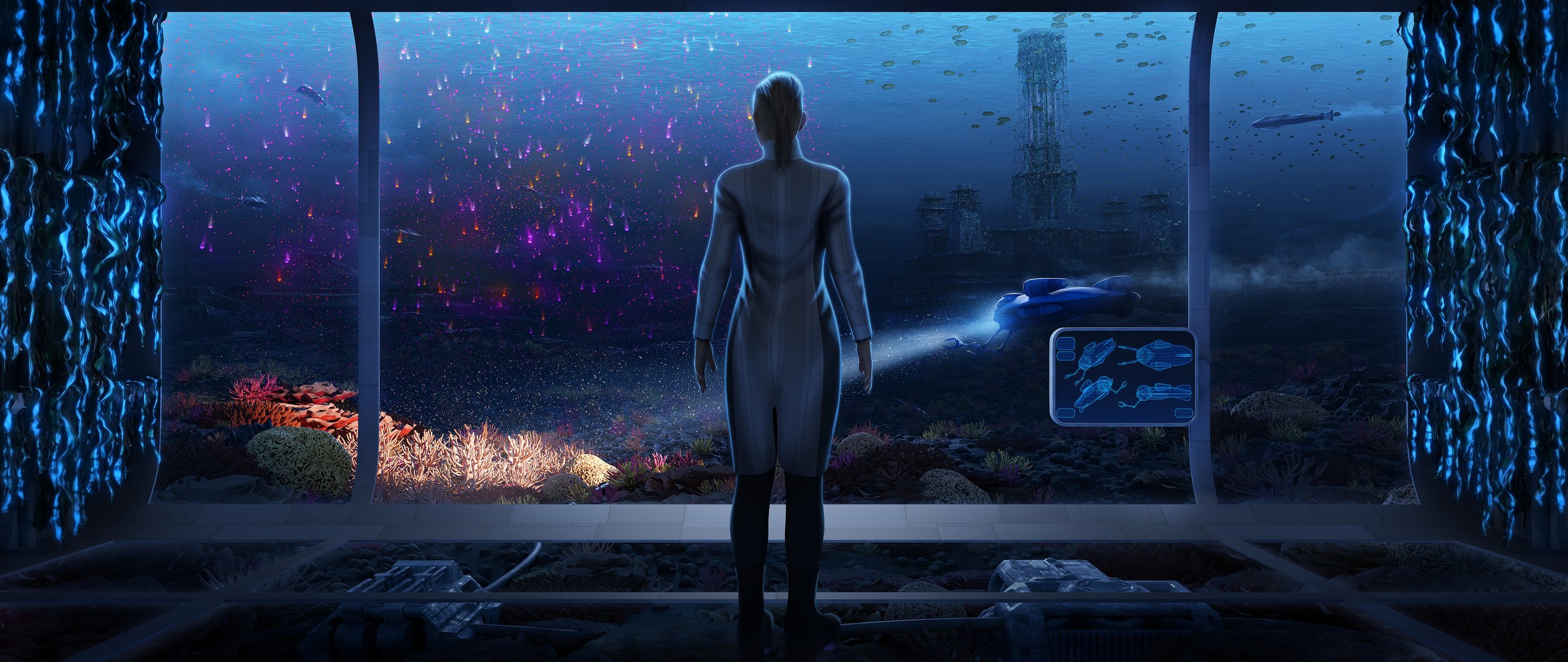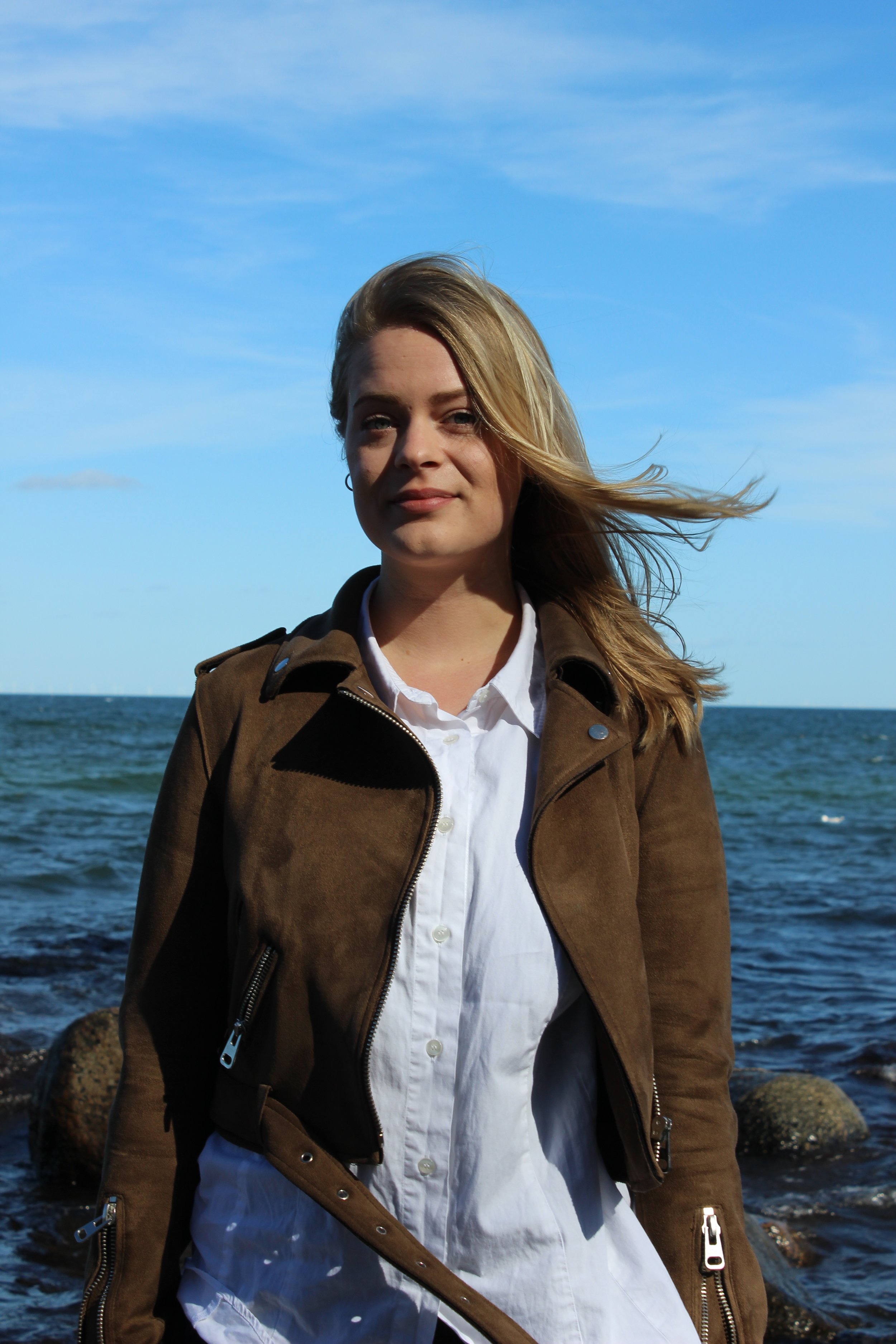Imagination Beyond National Jurisdiction-
Computing and Envisioning Possible Sustainable Futures for the High Seas
SCientific summary
Another world is not only possible, she is on her way. On a quiet day, I can hear her breathing.
-Arundhati Roy
The high seas are experiencing a stark increase in industrial activities, with resources being exploited unsustainably and shared unequally. This suggests the need for a transformation, a shift in the deeper structures of the system such as underlying paradigms and mind-sets. We created future visions by combining computational text analysis with a structured yet creative futuring approach. This process resulted in four science fiction stories, which aim to capture the complexity of the system, embrace the inherent uncertainty of the future and question current unsustainable trajectories, while emphasising the vastness of future option space. The visions are analysed using the concept of imaginaries, demonstrating that futuristic stories can be traced back to current realities and the scientific evidence they were based upon. We argue that engaging with alternative futures can open up transformative spaces to rethink the relationships between humans and the high seas, from which novel imaginaries can emerge.
THE METHODOLOGICAL APPROACH IN BRIEF
A computational text analysis, specifically topic modeling, was used to study which topics are most prevalent in scientific literature regarding the future of the high seas. These topics, which could also represent concepts, events, or framings were used as input for a structured futuring approach. This is a systematic yet creative approach to develop a detailed world in which the story takes place, to which characters and a plot are added as the future visions evolve. The resulting stories were analysed using expert interviews, to reveal which elements of these futures can be related back to current realities. The stories were accompanied by four visual artworks, which were created by an artist in collaboration with the lead author.
THE four NARRATIVE SCENARIOS
The Ocean Uprising
The buying of a rebellion & privatising the seabed
Deep Connections
Humans adapted to high seas ecosytems
Kairei City
A new nation-state floating on the high seas
Myopia
Blindspots in a whole ocean sensorium
PROJECT LEAD AUTHOR
Hannah Marlen Lübker is a recent graduate of the MSc programme ‘Social-ecological Resilience for Sustainable Development’ at the Stockholm Resilience Centre. Her thesis project focused on envisioning sustainable futures for the high seas, combining computational text analysis and science-fiction inspired writing. She has a BSc degree in environmental sciences from Leuphana University Lüneburg, where she worked at the Social-Ecological Systems Institute and as a tutor for inter- and transdisciplinary studies. Hannah hopes to start a PhD in the future to learn more about human-nature entanglements and the potential of creative methodologies used to study them.
The authorship team
The full author team in addition to Hannah as lead author is: Patrick W. Keys, Andrew Merrie, Juan C. Rocha, Guillermo Ortuño Crespo and Laura M. Pereira.
To read the full preprint of the ‘Imagination Beyond National Jurisdiction’ paper, please find the paper currently under review in; npj Ocean Sustainability by following this link.
meet THE ARTIST - ELIAS STERN
Elias Stern is a self-taught freelance Austrian illustrator and 3d-Artist currently working in Vienna. He has worked professionally for print media, game- and book-illustration, advertising, television, VR and AR, and other areas, providing 2d- and 3d-Artworks, assets and animations, as well as worked in pre- and postproduction, helping projects from the planning phase up until completion. In his spare time, he develops his own Graphic Novels, Childrens Books and Novels and enjoys creating art for the sake of it.
Please check out his Artstation page and consider him for your next project.







